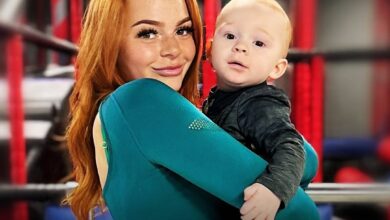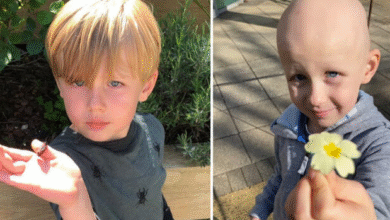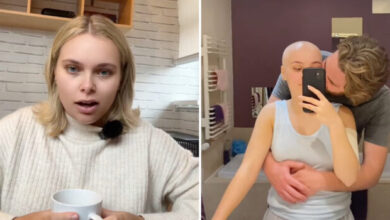Mom and Son Shine Spotlight on Waardenburg Syndrome
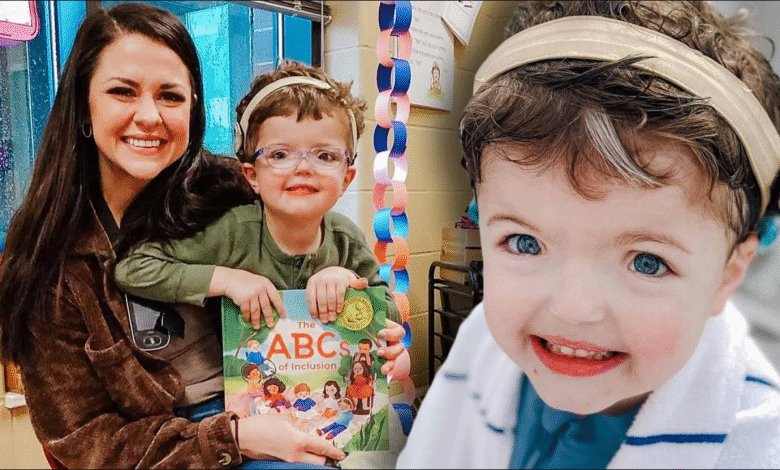
When Minnesota mom Beth Leipholtz welcomed her son, Cooper, into the world in 2019, the family noticed two striking signs: Cooper had a white swath of hair and failed his newborn hearing screening. Initially dismissed as fluid in the ears, curiosity led Beth to post in a mom group, asking if others had seen similar hair patterns. That post proved pivotal. As one commenter noted, “That white/blonde spot can be a sign of Waardenburg syndrome”.
A search confirmed Beth’s fears—Cooper exhibited many classic signs of Waardenburg syndrome, a genetic condition affecting pigmentation and hearing. At just six weeks old, he was officially diagnosed with profound sensorineural hearing loss due to Waardenburg type 1. The moment was heartbreaking, but it also offered clarity: they now knew what they were facing.
Since implantation, Cooper’s progress has been remarkable. Within months, he was grasping spoken words, responding to his name, and engaging with his environment—albeit cautiously at first . Today, he exuberantly responds to his parents’ voices and eagerly communicates using both speech and sign.
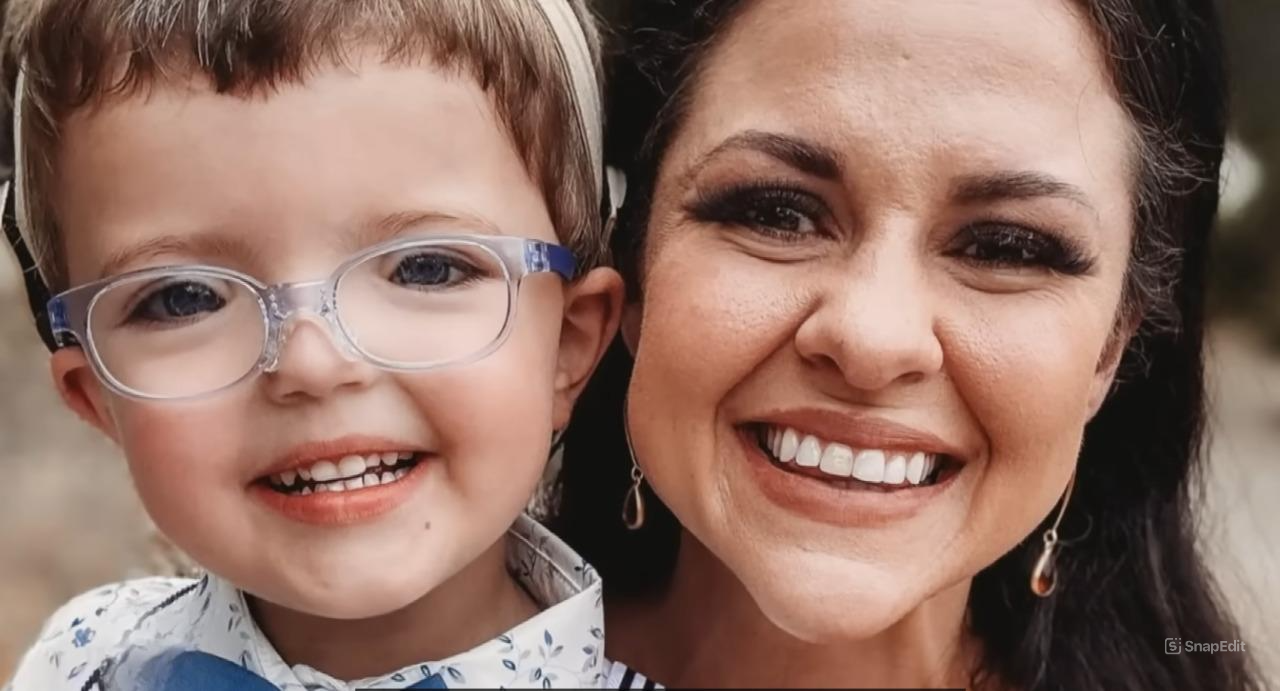
Beth and Cooper have become champions for the Waardenburg community. Beth shares their journey on social media, offering guidance and solidarity to other parents facing similar diagnoses. “It’s exactly why I started this page,” she says, enabling connection for parents glimpsing a path through uncertainty .
Their story extends beyond personal triumph. In a segment on Inside Edition, Beth and Cooper spotlight Waardenburg syndrome, highlighting both its genetic basis and the real-world tools—like cochlear implants—available to families. By sharing their experience, they counter stigma and misinformation, fostering understanding of this rare condition.
Globally, individuals like South Africa’s Chogtaa—a young girl with Waardenburg who received a cochlear implant—are also raising awareness. Their inspiring journeys emphasize that with the right support, individuals with Waardenburg can lead fulfilling lives.
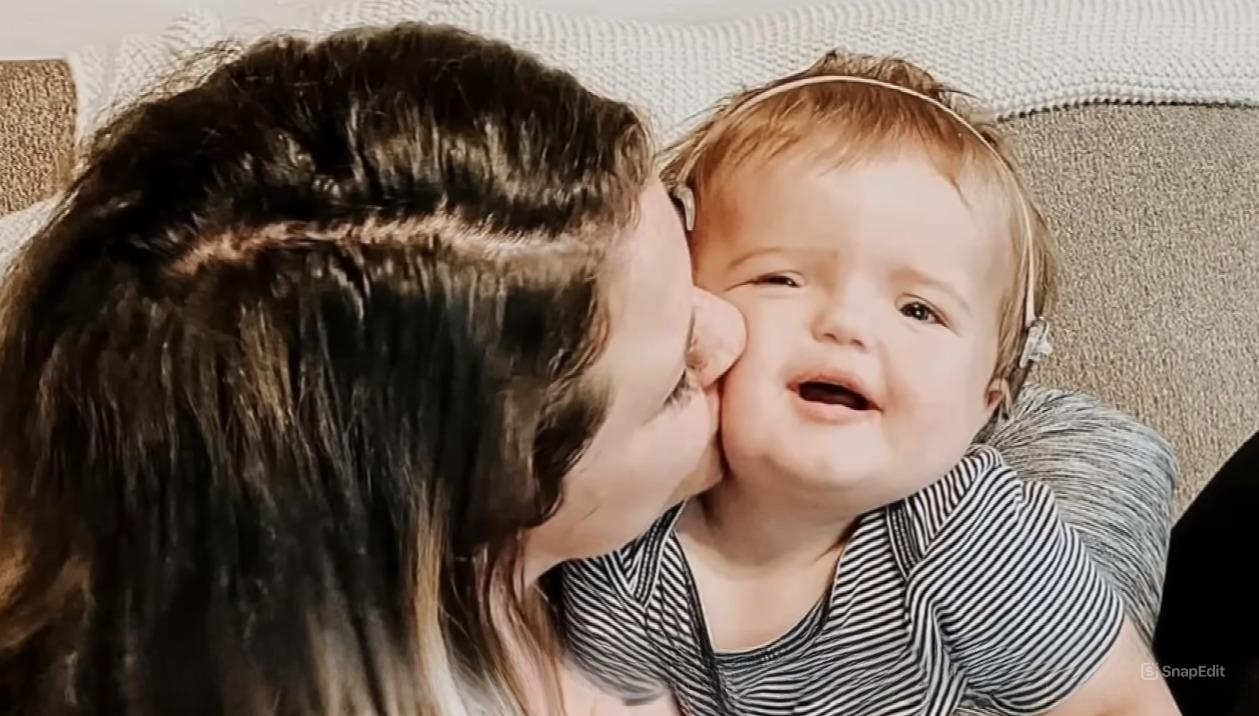
Since most forms are inherited dominantly, parents have a 50% chance of passing the mutation to future children. However, spontaneous mutations also occur, making genetic testing and counseling essential. Beth remarks that, while having another child with Waardenburg is a possibility, she welcomes it wholeheartedly—embracing difference as a gift.
The Leipholtz family’s journey is a testament to resilience and advocacy. From initial worry to empowerment, their story illustrates how proactive support, medical intervention, and community connection can transform a rare diagnosis into a message of hope.
Cooper is a vibrant, curious toddler—a living example that Waardenburg syndrome doesn’t define limitations. Instead, like his brilliant eyes and beautiful spirit, it adds depth and meaning to a life well-lived.

